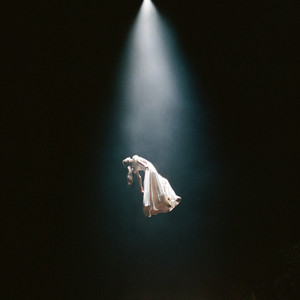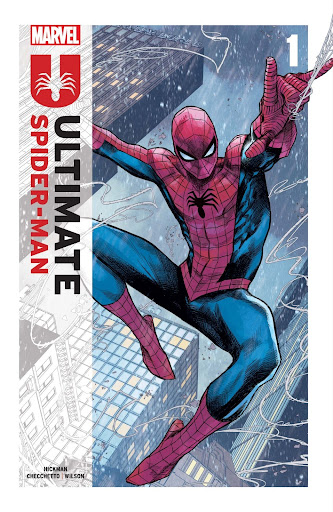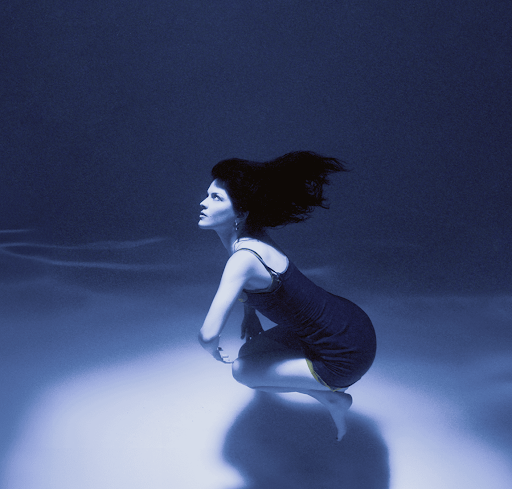Best Beats: A Comenian Playlist

The album art of “The Boxer” by Simon and Garfunkel
“That’s All” Genesis (1983)
If you’re searching for a new song with a head-bopping beat, look no further. And when I say new, I don’t mean really new, actually. Genesis, an English rock band famous in the 1970’s and 1980’s, released “That’s All” in 1983, which might just be the best “new” song to add to your homework playlist.
The song follows the narrator explaining a tough relationship he’s in. He sings about how he and his partner don’t see eye-to-eye — basically ever. He “sees black, and [she] sees white,” she “takes it all instead of taking one bite,” and more. The couple is constantly clashing, and the singer just doesn’t know how to fix the relationship. But instead of giving up on the relationship like many people (and he) would suggest, the singer tries to work through it because he “loves her more than he wanted to.” The song — and the sentiment — is honestly pretty sweet.
The music that accompanies Phil Collins’s voice is gravely and raspy. The recognizable riff on an electric grand piano makes a memorable sound. Along with this, Collins’s famous drumming sets up a steady beat, and a melody by the guitar played by Mike Rutherford adds some flair to the music. According to Collins, the song was styled after the simple melody the Beatles are known for.
In my opinion, they succeeded. It’s a cool song. It’s also very catchy. That’s all.
-Elizabeth Horn
“The Boxer” Simon and Garfunkel (1969)
The perfectly in-sync harmonization of Paul Simon and Art Garfunkel in their song “The Boxer,” fills every listener with a sense of peace and comfort. The five-minute and twelve second song will transport you to a different time and place. All listeners must experience the magic of this Simon and Garfunkel musical masterpiece.
“The Boxer” was released as the lead single on Simon and Garfunkel’s fifth studio album, Bridge Over Troubled Water in 1969. The lyrics were written by Paul Simon at a time when he was experiencing harsh criticism about his music. The song tells a tale that takes place in New York City about a young boy, also known as the boxer, who is “down on his luck.” Simon describes himself as “the boxer” in the song and uses a variety of literary techniques to portray his thoughts and emotions as he learns to navigate the challenging world of criticism.
The ballad’s strong chorus is highlighted of the song. The vocals were recorded in Columbia University’s St. Pauls’ Chapel, whose dome amplified the acoustics. The song took over one hundred hours to record.
A significant element of the song lies in what inspired Simon to write this powerful composition. During his travels, Simon spent many hours in hotel rooms where he would read Bible passages. The Bible became Simon’s number one inspiration for “The Boxer.” Biblical passages are scattered throughout the tune. Lines such as, “workman’s wages,” and “seeking out the poorer quarters” all came from the New Testament.
The iconic chorus “lie la lie” was originally used as a placeholder lyric because Simon could not think of any words to use. Eventually, this chorus was kept because of the deep meaning that the song had already conveyed, providing more of a universal interest.
Towards the end of the song it is clear to the listener that the boxer will not give up just because of the criticism he experiences. The final line of the song ties the theme together. The ending verse leaves listeners with a sense of mystery and a strong feeling of unlimitless power: “And he carries the reminders/ of every glove that laid him down/ and cut him till he cried out/ in his anger and his shame/ ‘I am leaving, I am leaving’/ but the fighter still remains.”
-Elizabeth Schwartz











